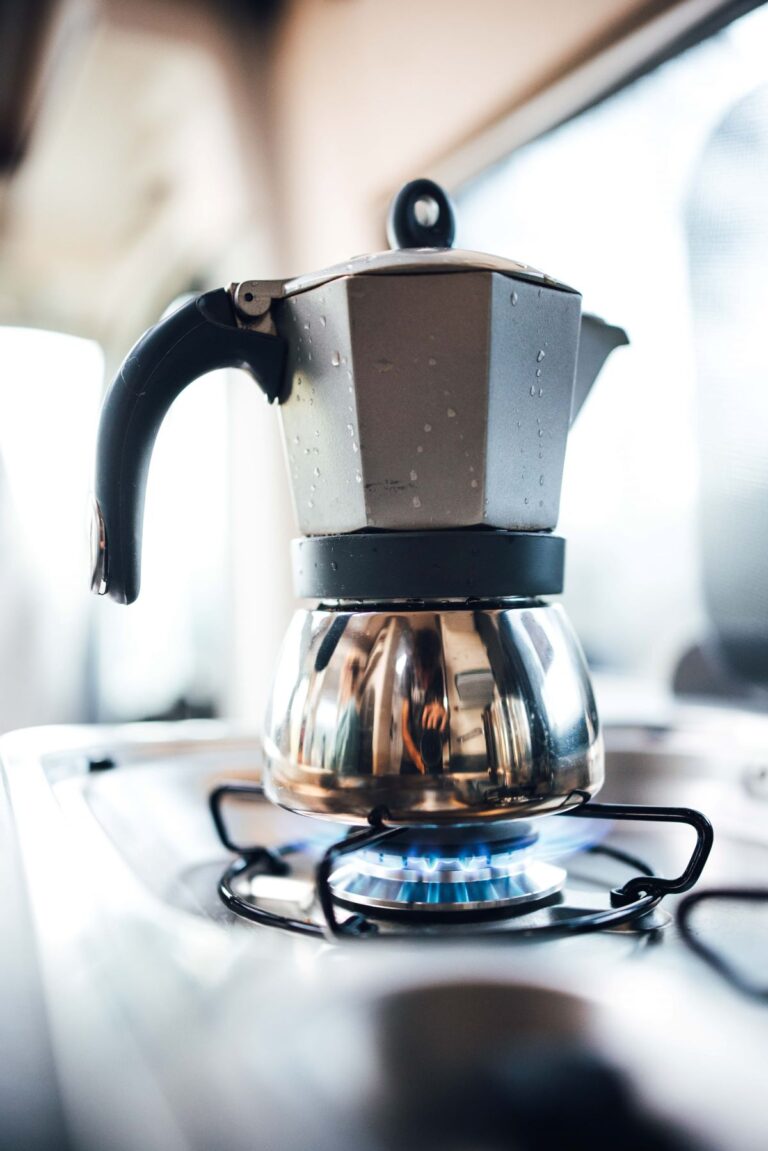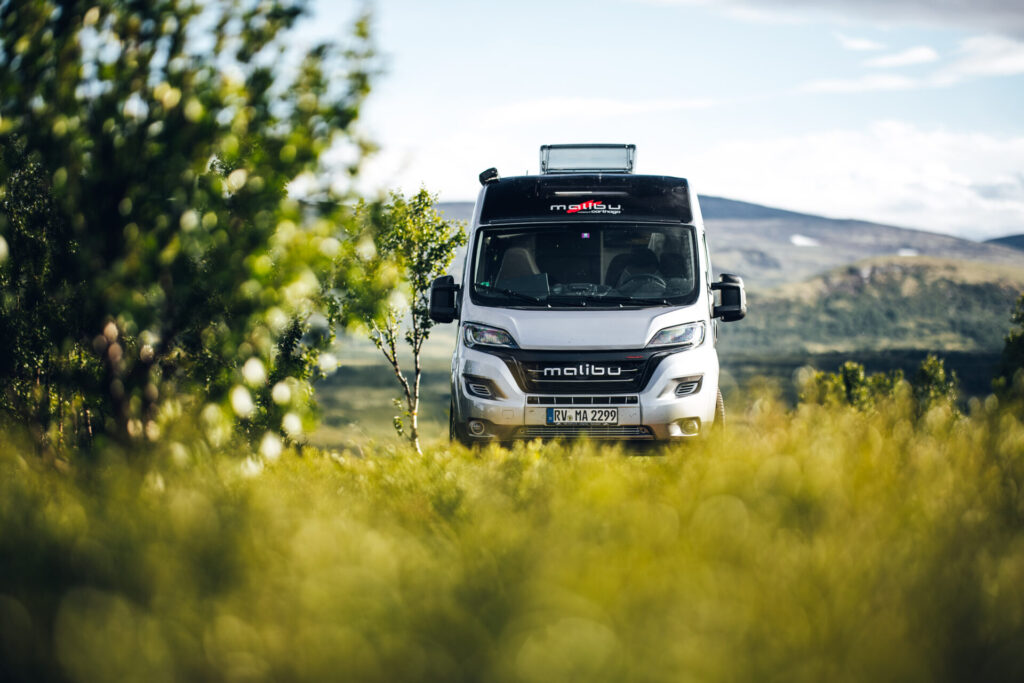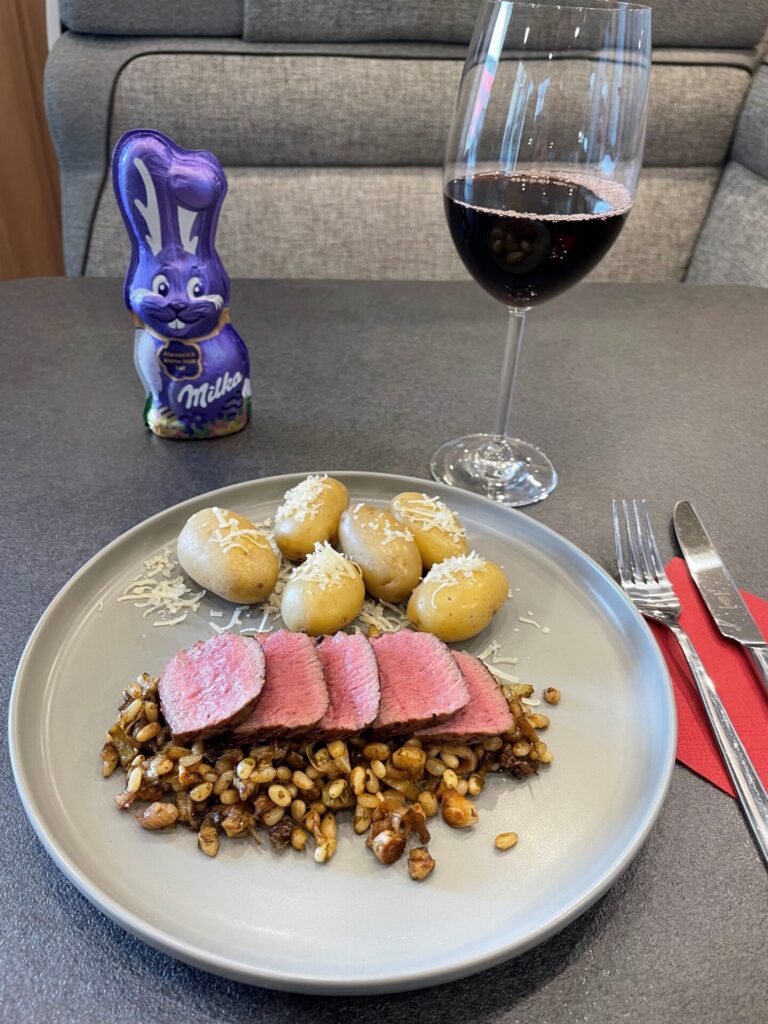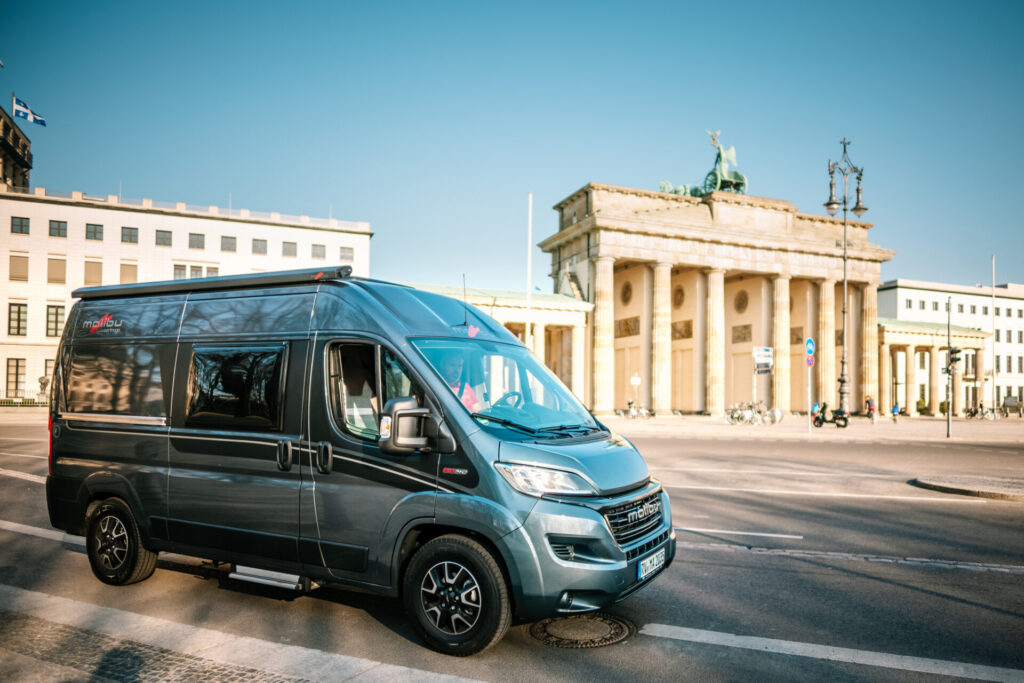Gas cylinders in motorhomes in different countries
So you are optimally prepared.
Handling gas cylinders is an important aspect that guarantees both safety and comfort when travelling. Whether for cooking, running the refrigerator or for heating – without gas, life in a motorhome would be much less comfortable. In this report, we would therefore like to give you some tips and tricks about gas cylinders – including how to use them and what to do in other European countries.
First of all, it can be said that travellers who use gas in their motorhome enjoy a great deal of independence. In Europe, there are numerous options for refilling or exchanging gas cylinders. Although there are small hurdles here and there, these can be easily overcome with a suitable adapter set.
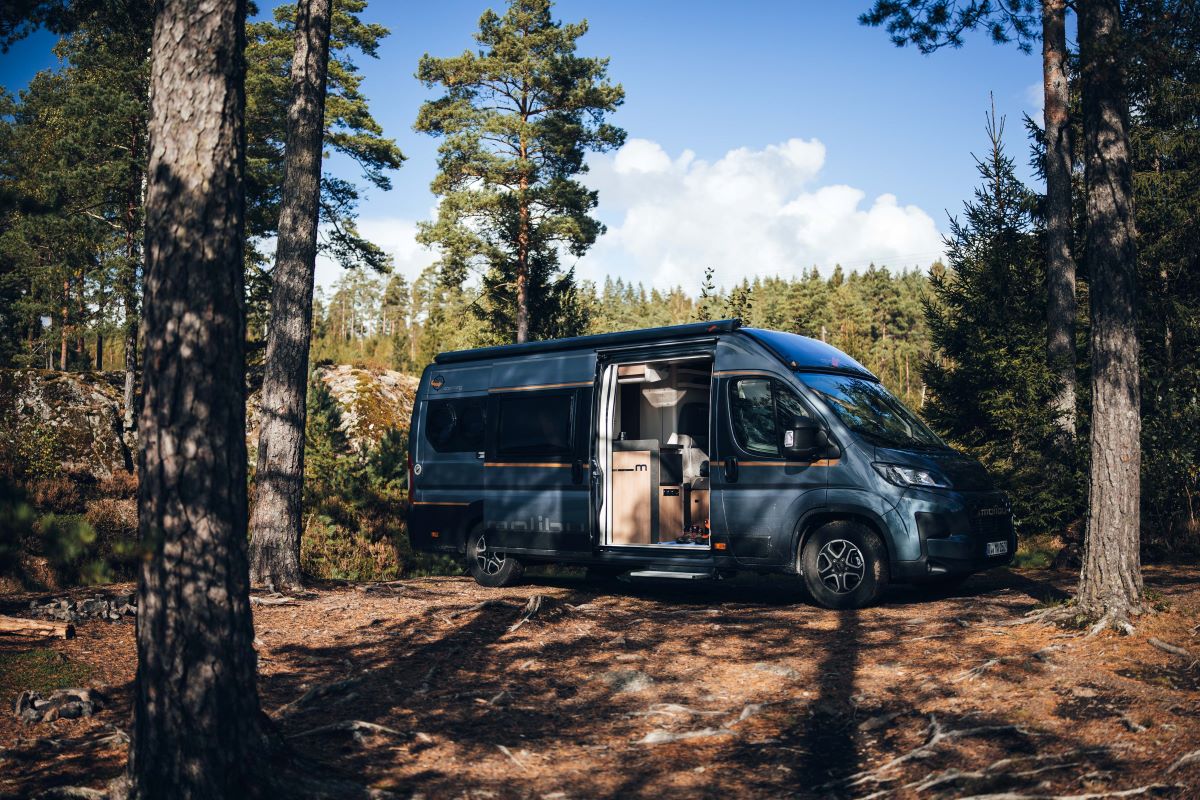
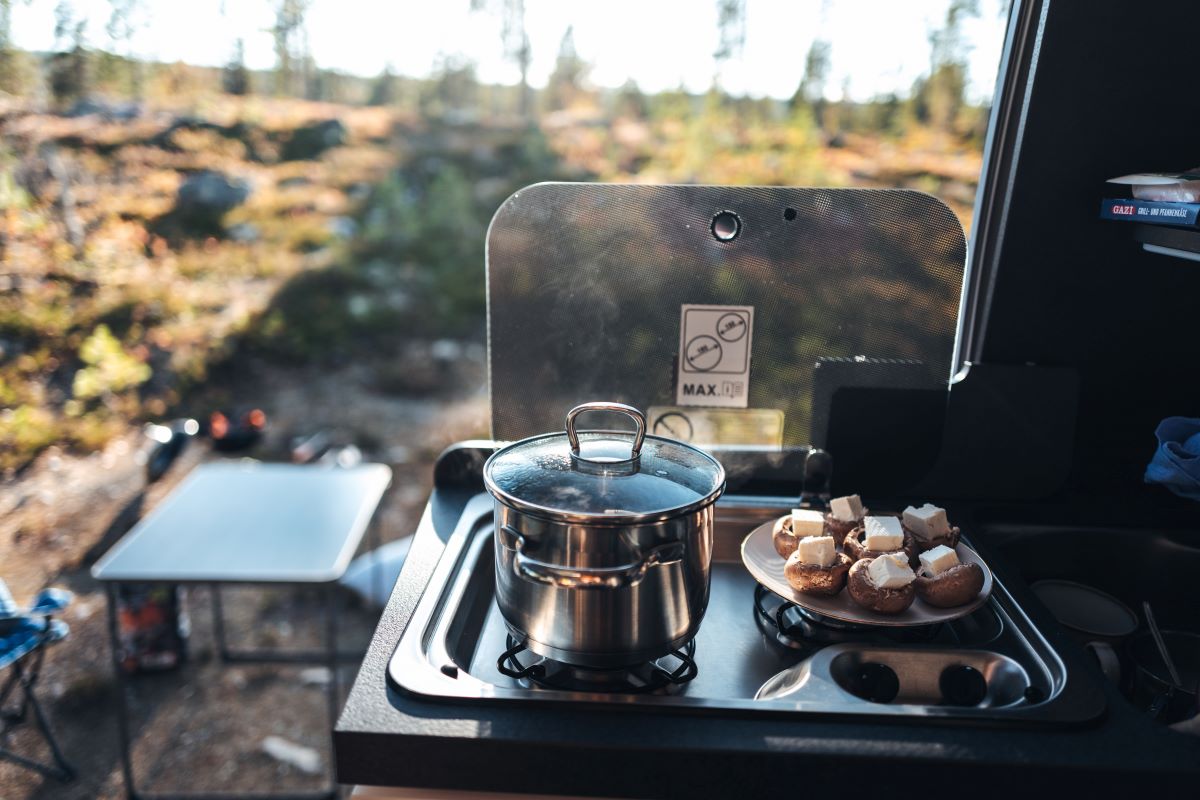
Most gas cylinders for use in motorhomes are filled entirely or predominantly with propane gas. Propane can also be used at low temperatures, which is why nothing stands in the way of a gas supply in a motorhome when camping in winter.
With two 11kg gas cylinders in the gas compartment, which are used for cooking, heating and cooling, you have created a wonderful basis. In summer, the gas supply usually lasts for around six to eight weeks, depending on whether the refrigerator is operated using shore power and how often hot water is needed. In winter, however, replenishment is required after two weeks at the latest. One problem with this can be that there are no standardised gas cylinders or connections in other European countries, so you need to know exactly what you need, depending on the country you are visiting.
The handling of gas cylinders varies considerably from country to country when it comes to planning trips and camping adventures. We would like to give you an overview of the different countries so that you are well prepared for your trip.
Belgium
In Belgium, Belgian gas cylinders can be connected to German regulators without an adapter. Accordingly, you will need an adapter to connect British gas cylinders.
Denmark
Danish campsites also offer a straightforward service: Gas cylinders of 5 kg and 11 kg are easily exchanged here.
Estonia
In Estonia, it is possible to fill up all gas cylinders with a Euro adapter, which makes the supply easier.
France
In France, you can buy various gas cylinders in supermarkets and at petrol stations. This works with a deposit system in which the gas cylinder is borrowed and the deposit is refunded when it is returned.
Germany, the Netherlands, Poland and Austria
Gas cylinders from these countries can only be used with the appropriate adapter.
Switzerland
In Switzerland, however, the exchange of gas cylinders does not work. Instead, you can hire a cylinder with a pressure regulator, and larger campsites often have suitable exchangeable cylinders available.
Italy
Gas can be topped up at special exchange and filling stations. In Italy, mainly 0.5 kg, 2 kg or 3 kg gas cylinders are sold. An adapter is required to connect an Italian gas cylinder to the British regulator, as well as for refilling.
Spain
In Spain, on the other hand, it is not possible to fill and exchange Euro gas cylinders. However, you have the option of borrowing other gas cylinders, as the Spanish also work with a deposit system. The connection requires a Spanish regulator and a hose with connector, which are available from hardware stores.
